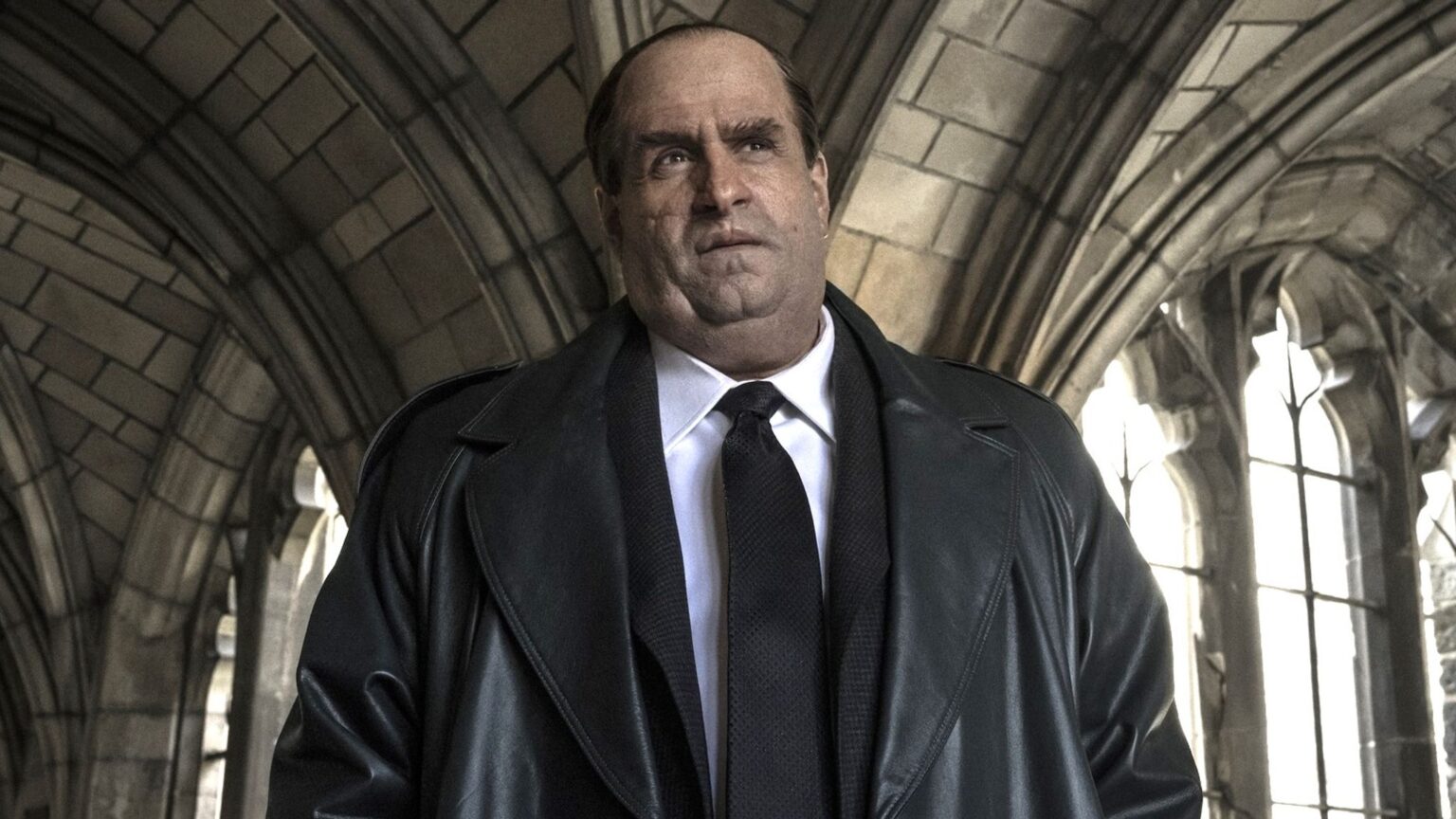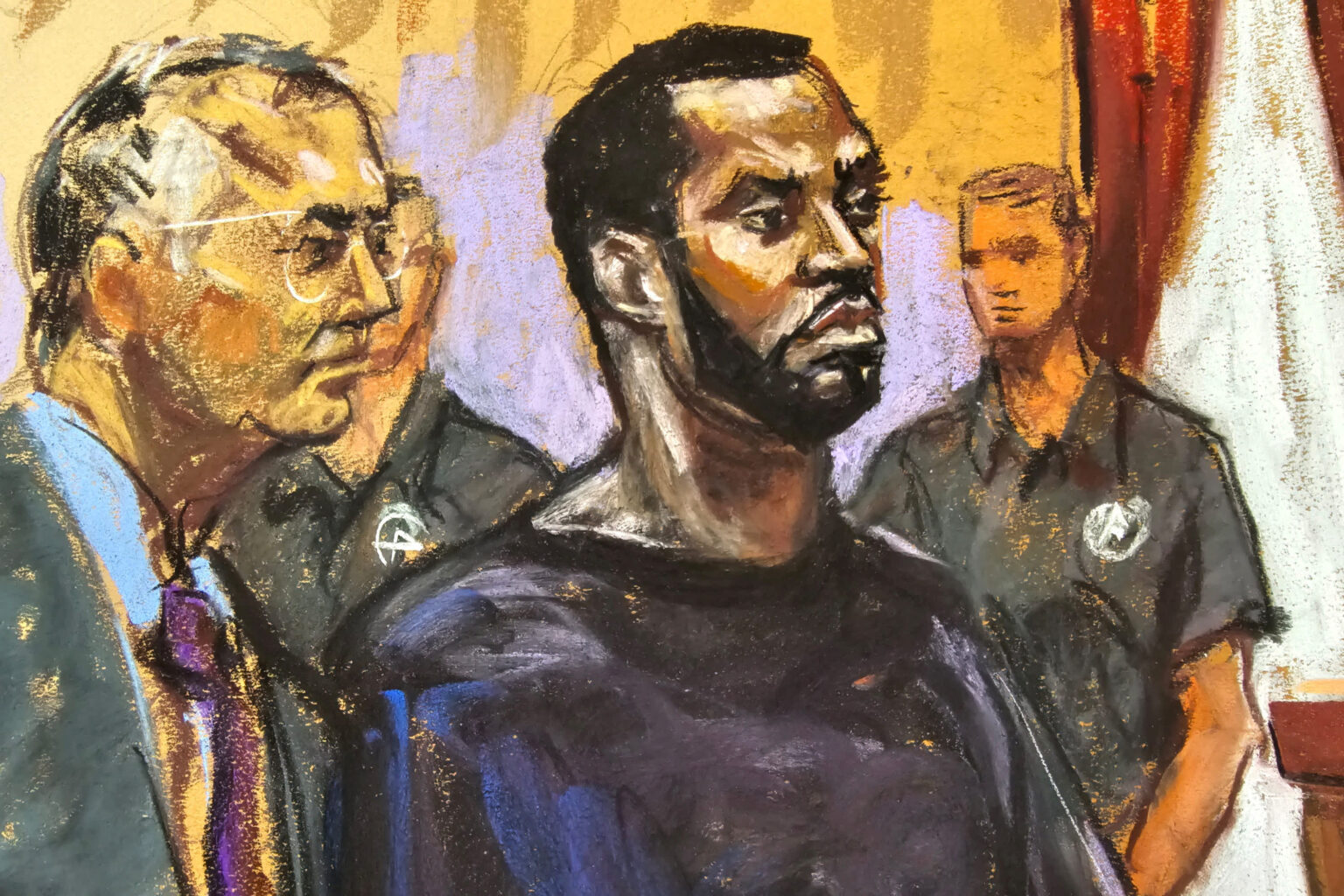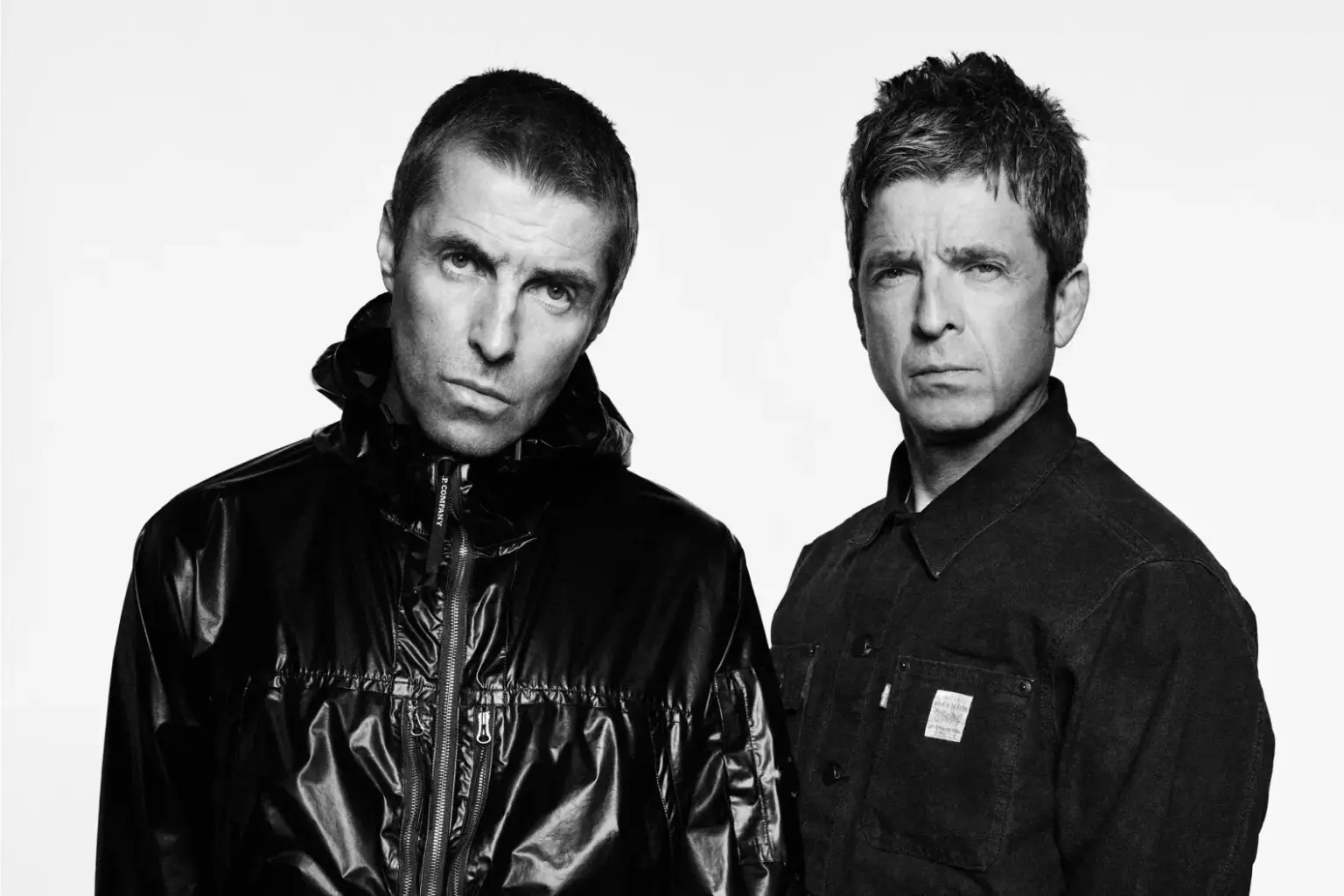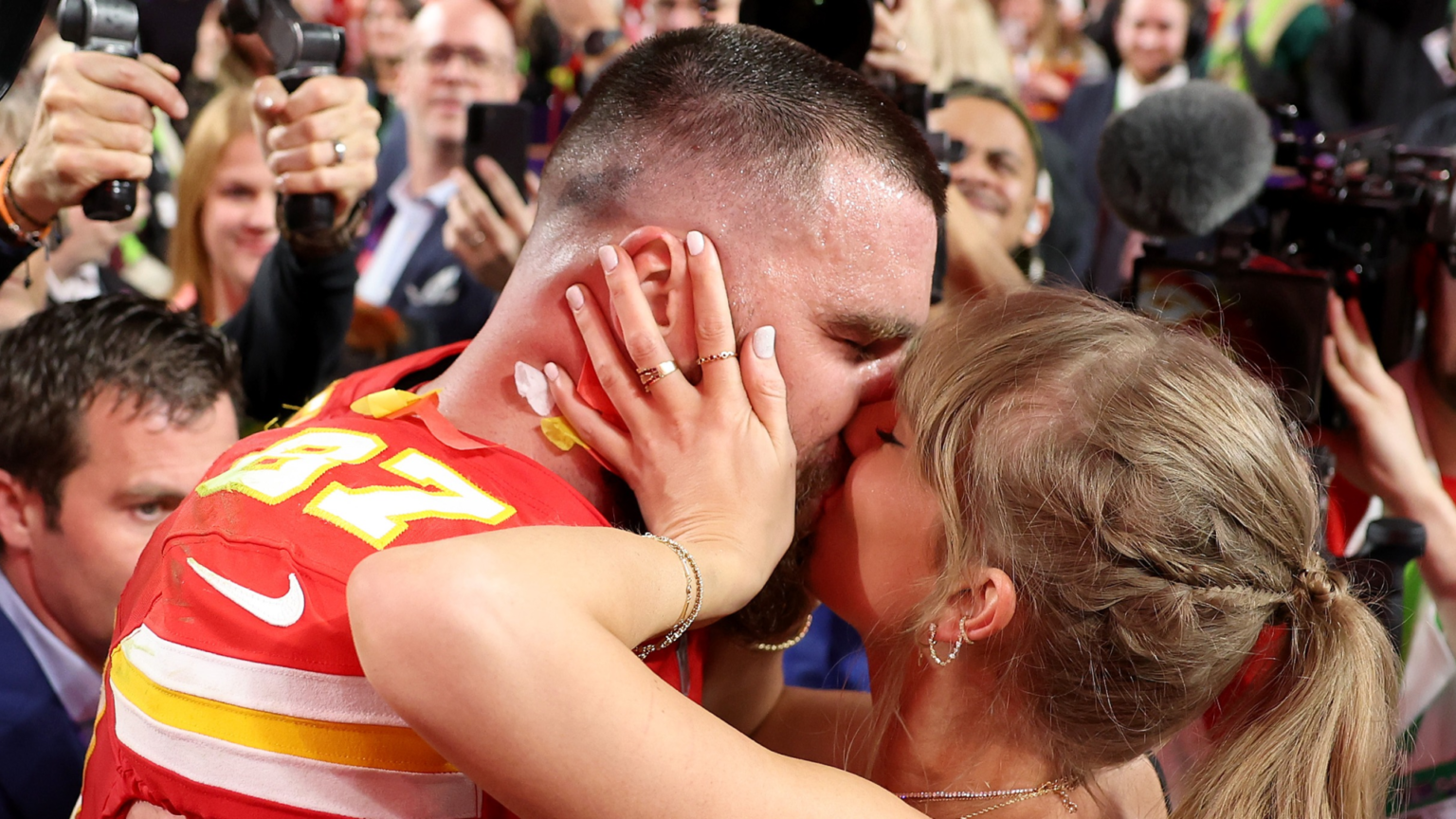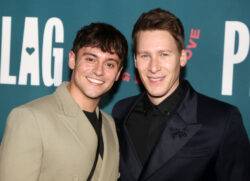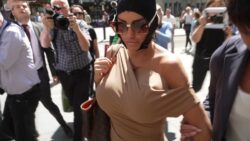WTX Entertainment picks out the best shows tonight – including tonight’s football matches & what to watch on streaming. What to watch on TV tonight? Eastenders (BBC ONE, 07:30 PM) – Patrick tries his best to support Yolande and Freddie talks to Bianca about her mental health. Junior hatches a plan to spend more time with Cindy and Alfie in interviews for a new job as manager of the Minute Mart. George shows Kojo the…
Author: WTX Entertainment
P Diddy faces more than 100 new assault allegations More than 100 individuals are set to sue rap musician P Diddy for sexual assault, rape, and sexual exploitation, according to US lawyer Tony Buzbee. Some alleged victims include minors, with accusations of abuse going back to when they were as young as nine years old. Erica Wolff, a lawyer representing Mr Combs, has categorically denied the accusations, calling them “false and defamatory.” The lawsuit is…
Actress Dame Maggie Smith, known for the Harry Potter films and Downton Abbey, has died at the age of 89, her family has said. She won two Oscars and eight Baftas. She was a legend of the British stage and screen. A statement from her sons Toby Stephens and Chris Larkin said: “It is with great sadness we have to announce the death of Dame Maggie Smith. “She passed away peacefully in hospital early this…
We’ve picked out the week’s best TV shows/ movies on terrestrial TV this week as well as the best shows to watch on streaming services. Check out the sports shows on this week and where to watch the Premier League and the WSL as well as other English football leagues. What to watch on TV this week 23/09 Monday Nightsleeper (BBC ONE, 9 PM) Nightsleeper – The BBC One drama making all the headlines continues…
P Diddy denied bail in sex-trafficking case Hip-hop icon Sean “Diddy” Combs has been denied bail after pleading not guilty to charges in a sex-trafficking case. A New York federal judge ordered Combs to remain in custody, with prosecutors labelling him a “serious flight risk.” The 54-year-old music mogul was arrested on Monday night and is accused of operating a criminal enterprise since at least 2008. Prosecutors allege that the operation involved drugs and violence…
P Diddy arrested in New York City Sean Combs, known as P Diddy, has been arrested in New York City on unspecified federal charges, according to reports from CBS, citing federal authorities. The arrest follows earlier raids on his Los Angeles and Miami properties in March, as part of an ongoing federal investigation into sex trafficking. Combs’s lawyer, Marc Agnifilo, expressed disappointment over the arrest, maintaining that his client is “an innocent man.” The music…
TV tonight – Thursday 12 September 2024 What to watch movies Movies on TV: Our Pick Little Women (17:20, Film 4+1). Following the lives of four sisters, Amy, Jo, Beth and Meg, as they come of age in America in the aftermath of the Civil War. Though all very different from each other, the March sisters stand by each other through difficult and changing times. Movies on Netflix: Our Pick As the new Beetlejuice smashes…
Ex-Strictly star held on suspicion of domestic violence Artem Chigvintsev, the former Strictly Come Dancing star, has been arrested in the U.S. on suspicion of domestic violence, according to jail records. The 42-year-old professional dancer was booked into Napa County jail in California on Thursday morning. Chigvintsev, who won the eighth series of Strictly in 2010 with partner Kara Tointon, has been a regular on Dancing With The Stars, the U.S. version of the show,…
Oasis Tour – Oasis reunite after 15 years to announce 2025 world tour Oasis have confirmed they will reunite after 15 years. The band will play shows in Cardiff, Manchester, London, Edinburgh, and Dublin in July and August 2025- tickets go on sale on Saturday. They will play shows outside of Europe later in 2025. The band says: “The guns have fallen silent. The stars have aligned. The great wait is over. Come see. It will not be…
Former child star slams Blake Lively for including her ‘abuser’s’ music in It Ends With Us It Ends With Us has suffered another blow amid the behind-the-scenes drama as a former child star calls out Blake Lively. It Ends With Us has had a drama-infused cinema release as Lively has been accused of downplaying the serious nature of the film and reports have emerged suggesting the director Justin Baldoni, has fallen out with the rest…
Danish woman accused of cheating with Tommy Fury comes forward about ‘fun night’ The woman who was rumoured to have been involved with Tommy Fury as he allegedly cheated on Molly-Mae Hague has come forward. The Love Island stars, both 25, shocked fans when they announced they were ending their five-year relationship. The former couple met on the ITV programme in 2019, and share one-year-old daughter Bambi together. Since the split, various rumours have been…
Taylor Swift reveals she was filled with ‘new sense of fear’ after Vienna terror threat Taylor Swift has addressed the cancellations of her Eras Tour dates in Vienna over a foiled terror attack for the first time on Instagram. The 34-year-old had been scheduled to play at the Austrian capital’s Ernst Happel Stadium in early August, but the three sold-out shows were cancelled after police reportedly uncovered a plot by terrorists. The Lavender Haze megastar…
Long-awaited sequel to 90s film will feature an unexpected Travis Kelce cameo NFL tight end Travis Kelce’s dreams are coming true after Happy Gilmore star Adam Sandler confirmed he will star in the upcoming sequel. The American footballer, 34, has seen his worldwide acclaim skyrocket after he started dating megastar Taylor Swift last year. And it is only growing in the most surprising ways. The pro-athlete is now making a pivot to Hollywood with a…
Taylor Swift speaks out over Vienna attack threat Taylor Swift has publicly addressed the cancellation of her Vienna tour dates in August due to a security threat. In an Instagram post, she expressed her deep concern and guilt over the situation, acknowledging the disappointment it caused to countless fans who had planned to attend the concerts. Three concerts were cancelled in the Austrian capital following the arrest of three individuals suspected of plotting attacks inspired…
Jennifer Lopez files for divorce from Ben Affleck Jennifer Lopez and Ben Affleck have filed for divorce after two years of marriage. The couple, often referred to as “Bennifer,” tied the knot in Las Vegas in July 2022 and held a larger ceremony in Georgia the following month. Their relationship, marked by a romantic reunion after a nearly two-decade separation, has been the subject of much public interest. Lopez initiated the divorce proceedings on Tuesday…
Taylor Swift sets new Wembley record and adds £1bn to the UK economy Pop superstar Taylor Swift concluded her European Eras Tour with a record-breaking performance at Wembley Stadium last night. The show marked the 131st date of her two-year tour and her eighth concert at the iconic venue, surpassing Michael Jackson’s previous record. “You just made me the first solo artist to ever play Wembley eight times in a single tour,” she told fans.…
Actor Michael Madsen arrested on domestic violence charge US actor Michael Madsen was arrested on Saturday for domestic battery, according to the Los Angeles County Sheriff’s Department. Deputies responded to a “family disturbance” in Malibu, where a woman alleged that her husband, Madsen, pushed her and locked her out of their home. Madsen, known for his roles in Quentin Tarantino’s Reservoir Dogs and Kill Bill, was released on a $20,000 bond. The 66-year-old has not…
How to skip the queues after Taylor Swift’s Eras concerts at Wembley Taylor Swift is back in London as part of her hugely popular Eras concert tour. After kicking off with her first August show at Wembley Stadium last night, the singer has four more performances, tonight, tomorrow, Monday and Tuesday. If you’ve snapped up a coveted ticket, you might be worried about the almost inevitable queues to get on the tube after the show…
London spared bleak weather as Taylor Swift arrives in town for UK Eras tour The UK weather can’t make its mind up at the moment, meaning it has got plenty of surprises in store. The summer holiday forecast is seeing a shift this week, according to the latest Met Office forecast, although temperatures will remain largely summery in the south and London – with even the risk of more tropical nights. The spell of warm…
Liam Payne slammed for ‘misogynistic’ comment about girlfriend Kate Cassidy’s outfit Liam Payne is facing backlash on social media for a snarky comment he made in one of his girlfriend Kate Cassidy’s TikToks. The former One Directioner, 30, appeared in the short clip in which the couple showed off their outfits prior to going out for sushi in Manchester. Kate 25, showed off a waistcoat and capri set paired with designer heels and handbag, while…
Tom Daley tipped for huge TV show after confirming retirement from diving following Olympics Tom Daley could be diving into his next challenge pretty quickly after retirement. His odds at being a future campmate on I’m A Celebrity… Get Me Out of Here! have rapidly shot up just hours after he announced the end of his professional diving career. The 30-year-old athlete announced he would be stepping away from his sport earlier today, after competing…
Stranger Things fans convinced new behind-the-scenes pictures dropped season 5 spoiler Stranger Things fans are convinced that new behind-the-scenes pictures shared by Millie Bobby Brown have revealed a big spoiler for season 5. Over the weekend, the 20-year-old actress shared some snaps from the set of the hit Netflix show, including a close-up selfie in character as Eleven. As diehard fans of the show set about dissecting every last detail of the images, some were…
Katie Price bailed after arrest at Heathrow Airport ahead of court appearance Katie Price has been bailed following her arrest at Heathrow Airport after returning to the UK from her Turkish getaway. The 46-year-old was arrested moments after her return to the UK last night and was remanded in custody at a west London police station. However, it’s understood that Price was bailed by an out-of-hours magistrate on Thursday evening. The former glamour model is…
Netflix fans left ‘sobbing’ after ‘silly little comedy’ turns out to be hidden gem Netflix viewers have been left feeling unexpectedly teary after a comedy turned out to pack an unexpected emotional punch. Joyride, starring Olivia Colman – who is also in the streamer’s top 10 films chart with Wicked Little Letters – and Charlie Reid and Lochlann Ó Mearáin was first released in 2022, but just made its debut on the platform. Fans have…
Taylor Swift makes change to Wembley Eras Tour shows after terror plot It’s been a tough few weeks for Taylor Swift and her fans after the Southport tragedy and the Vienna concert terror plot. After weeks of rioting and unease in the UK, Swifties with tickets for her five nights at Wembley Stadium were concerned the London gigs would be cancelled. The Eras Tour was scrapped in Vienna, Austria, after a ‘concrete threat’ put a…

